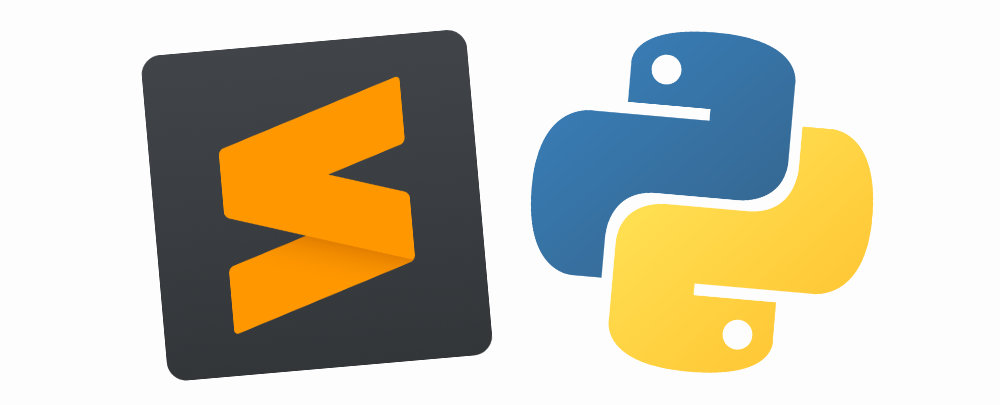Blog
-
Automagic Python virtual environments with asdf and direnv
There are a LOT of ways to setup Python in your machine.
You may find it’s already installed, or you can install it from python.org, or your OS’s package manager, or you can build it from source. But if you’ve been working with Python for a while, you’re bound to want more than one version of Python on your system. You may be working on a library and want support for more than one version, or the version used by your employer is not quite the latest and you want to use all the new stuff in your side project.
There are also a LOT of ways to manage your virtual environments in Python. As you know if you’ve worked in Python… well, at all, creating, activating, and deactivating virtual environments is a big part of the workflow. So naturally there are many tools that address this.
This creates a combinatorial explosion of tools that results in basically everyone having their own way of setting up Python for development. In this article I’d like to share my combination and why I like it.
TL;DR I use
asdfto install different versions of Python combined withdirenvviaasdf-direnvfor virtual environment management. Sounds complicated? I promise I have valid reasons. -
10 things I love and miss in Elixir coming from Python

I took up Elixir about 3 years ago for the first time. I bought a couple of books1 about it and just sort of clicked for me. Its focus on developer experience and productivity appealed to me, and found it refreshing after having tried other functional languages in the past but finding them a bit too academic. So I decided to implement an idea I had for a side project using it.
Fast forward about a year and we have shoutouts.dev: A website for users of Open Source Software to post messages of gratitude about their favourite projects.
Being a long time Pythonista I usually get asked how does Elixir compare with Python. So now that I’ve gone through the whole journey I wanted to give my perspective on things I love about Elixir but miss from working with Python.
Ready? Here we go!
-
Elixir in Action by Saša Jurić, and Programming Phoenix by Chris McCord, Bruce Tate and José Valim. ↩
-
-
Setting up Sublime Text 4 for Python

Sublime Text has had its first major upgrade since 2017 with Sublime Text 4.
Sublime Text is not an IDE nor it pretends to be, but its powerful plugin system has allowed the community to come up with clever ways to have some IDE capabilities.
I’ve been using ST4 in its beta releases exclusively for some time and arrived at a setup that I enjoy, hopefully you will to.
I will update this post with any developments in the tools and setup.
-
It's 2020, your Python 2.7 app is officially a problem — A guide to upgrading apps to Python 3

And just like that, Python 2.7 has reached end-of-life, and your Python 2.7 app has officially become a problem.
Where do you even start? Everything will need to change!
I’ve been there and it’s not great. It’s not just the changes to the code, there’s many other factors to keep in mind while upgrading and a lot of potential problems caused by subtle and not so subtle differences in Python itself and your dependencies.
I had to go through this process recently for a 140k lines of code app first and a couple times more for smaller services and, as one does, I worked out a system which I now present to you in guide form.
You will not find an exhaustive list of syntax differences between Python 2 and 3 in this guide, if that’s what you’re looking for I recommend the free Supporting Python 3 book. This is a pragmatic, hands-on workflow to upgrade your app to Python 3 that worked for me, hopefully it will help you too.
-
What the mock? — A cheatsheet for mocking in Python

It’s just a fact of life, as code grows eventually you will need to start adding mocks to your test suite. What started as a cute little two class project is now talking to external services and you cannot test it comfortably anymore.
That’s why Python ships with
unittest.mock, a powerful part of the standard library for stubbing dependencies and mocking side effects.However,
unittest.mockis not particularly intuitive.I’ve found myself many times wondering why my go-to recipe does not work for a particular case, so I’ve put together this cheatsheet to help myself and others get mocks working quickly.
-
Asyncio Coroutine Patterns: Errors and Cancellation

This is the second part of a two part series on coroutine patterns in asyncio, to fully benefit from this article please read the first installment: Asyncio Coroutine Patterns: Beyond await
In the first part of this series we concluded that asyncio is awesome, coroutines are awesome and our code is awesome. But sometimes the outside world is not as awesome and we have to deal with it.
Now, for this second part of the series, I’ll run over the options asyncio gives us to handle errors when using these patterns and cancelling tasks so as to make our asynchronous systems robust and performant.
If you are really new to asyncio I recommend having a read through my very first article on the subject, Asyncio for the Working Python Developer, before diving into this series.
-
Asyncio Coroutine Patterns: Beyond await

Asyncio, the concurrent Python programmer’s dream, write borderline synchronous code and let Python work out the rest, it’s
import antigravityall over again…Except it isn’t quite there yet, concurrent programming is hard and while coroutines allow us to avoid callback hell it can only get you so far, you still need to think about creating tasks, retrieving results and graceful handling of errors. Sad face.
Good news is all of that is possible in asyncio. Bad news is it’s not always immediately obvious what wrong and how to fix it. Here are a few patterns I’ve noticed while working with asyncio.
-
AsyncIO for the Working Python Developer

I remember distinctly the moment where I thought, “Wow, that’s slow, I bet if could parallelise these calls it would just fly!” and then, about three days later, I looked at my code and just didn’t recognize it, it was an unreadable mash up of calls to threading and process library functions.
Then I found asyncio, and everything changed.
-
Django/Rails cheat sheet

Hey, Django dev, come here for a sec!
I heard you’re on Rails now, looking for some quick answers?
Yeah, I’m your man, got them right here.
-
How do I Django on Rails?

You are seasoned Django developer.
You are master of the models. Ruler of the views. King of the templates.
But fate has brought you to Rails now, and you feel clumsy, slow, googling every step of the way. You’re asking yourself how do I Django in Rails?